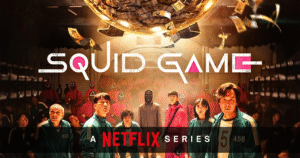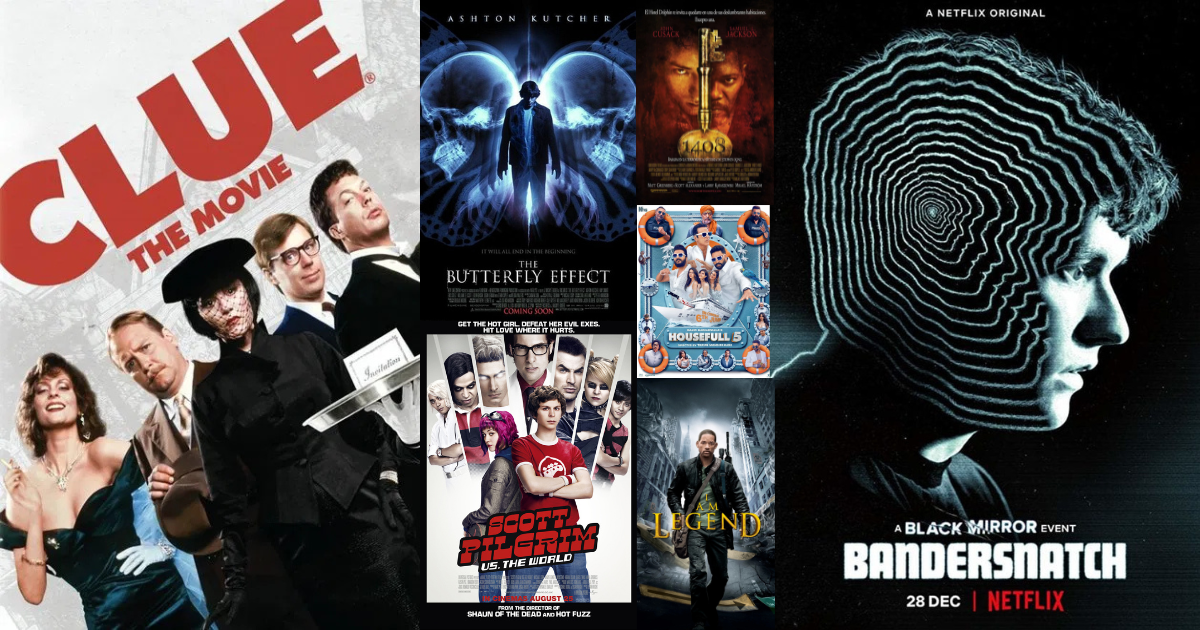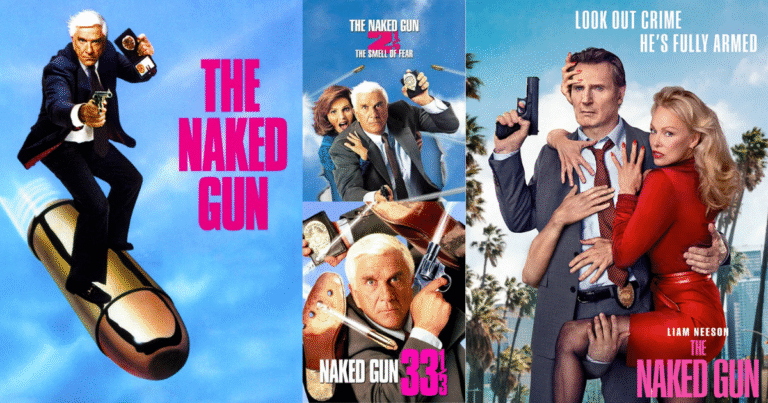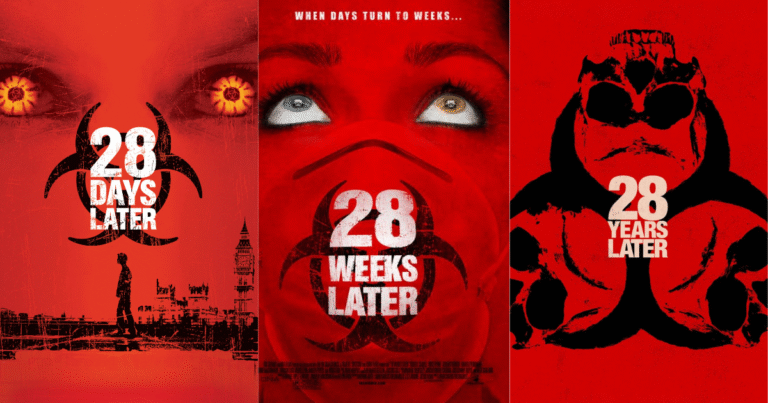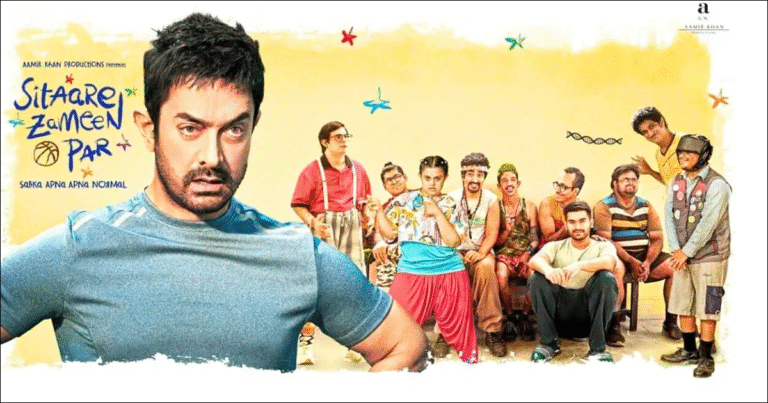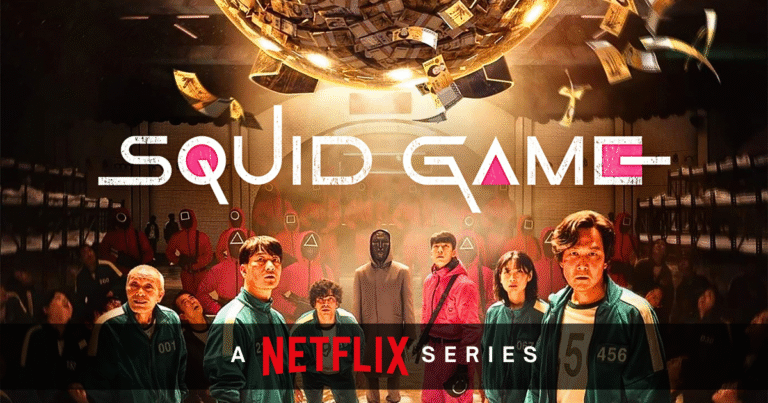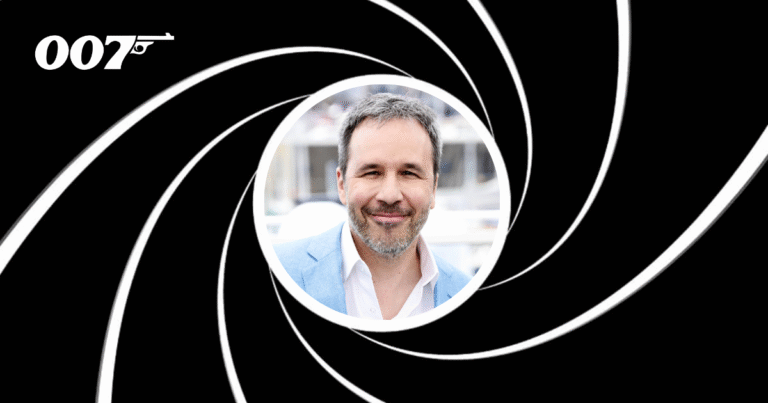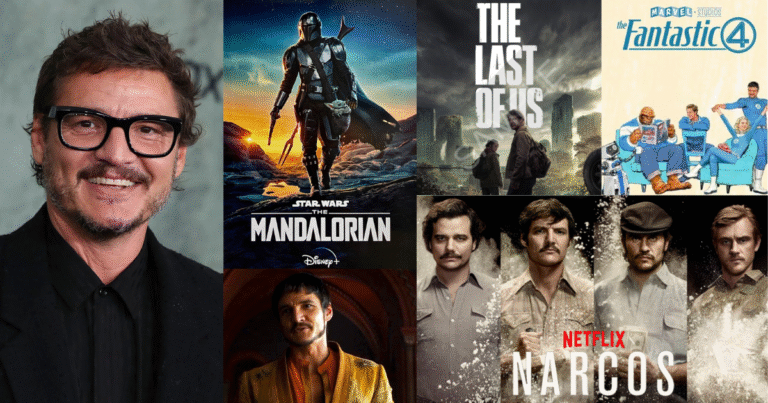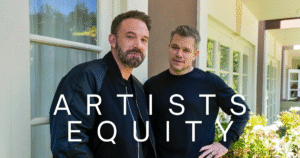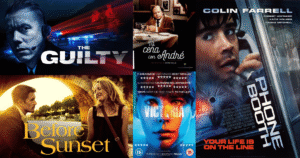Have you ever watched a movie, only to discover that someone else saw a completely different ending?
Or maybe you stuck around after the credits rolled and found a twist that changed everything. That’s the magic, and sometimes the madness, of movies with multiple endings.
This storytelling choice isn’t just a gimmick. It’s a bold creative decision that challenges audiences, sparks debate, and often leaves people hitting Google for “alternate ending explained.” Whether it’s through theatrical releases, director’s cuts, extended editions, or interactive storytelling, filmmakers have used multiple endings to provoke, surprise, and even mess with our sense of closure.
Let’s dive into why movies have multiple endings, how it affects the audience experience, and some famous examples that got people talking.
Why Do Movies Have Multiple Endings?
There are a few reasons why a movie might have more than one ending:
- Test Screenings: Sometimes, filmmakers shoot several endings and show them to test audiences. Whichever ending gets the strongest reaction might make it into the final release.
- Creative Differences: Directors and producers don’t always agree. One ending may satisfy the studio, while the other stays truer to the original vision. Both get released in different versions.
- Home Releases and Director’s Cuts: DVD or streaming versions often include alternate endings as bonus content, giving fans a peek into “what could have been.”
- Interactive Storytelling: Thanks to technology, some films (and especially streaming content) now allow viewers to choose how the story ends. Think “Black Mirror: Bandersnatch.”
In short, multiple endings offer flexibility. They let filmmakers experiment, test boundaries, and play with narrative in ways a single-ending film can’t.
Movies That Did It Right (Or At Least Made It Interesting)
Let’s look at some notable examples where multiple endings stirred discussion, and sometimes confusion.
1. Clue (1985)
The OG of multiple-ending cinema. Clue literally showed different endings in different theaters. In one, the killer is Miss Scarlet. In another, it’s Professor Plum. And in yet another, it’s everyone! When the movie hit VHS, they played all three back-to-back, turning the film into an interactive murder mystery that’s still iconic.
2. Black Mirror: Bandersnatch (2018)
Technically a film, technically a game, Bandersnatch broke the mold. With dozens of choices leading to multiple endings (some deeply philosophical, others completely absurd), it blurred the line between storytelling and gameplay. This was Netflix letting you be the director, and people either loved it or found it overwhelming.
3. I Am Legend (2007)
The theatrical ending? Will Smith’s character dies a hero. The alternate ending? He lives, and the so-called monsters are shown to have feelings and relationships, completely flipping the movie’s message. The alternate version aligns more closely with the book, and many fans argue it’s the more meaningful of the two.
4. The Butterfly Effect (2004)
This psychological sci-fi drama went hard with its alternate endings. One was dark, one was hopeful, and one was so disturbing (involving the womb!) that it never made the theatrical cut. Each ending changed how viewers understood the main character’s motivations and fate.
5. Scott Pilgrim vs. the World (2010)
In the alternate ending, Scott ends up with his ex, Knives. But test audiences wanted him to be with Ramona, and that’s the version we got in theaters. Both endings work in their own ways, but the final version felt more earned, according to fans.
6. Fatal Attraction (1987)
Originally, the film ended with Alex taking her own life and framing Dan for her murder. But test audiences hated it. So the now-famous bathtub murder ending was shot, giving Glenn Close a horror-movie-style exit and securing the film’s place in thriller history.
7. 1408 (2007)
The psychological horror based on a Stephen King story had four different endings depending on where you watched it. The theatrical version is slightly hopeful. Others are much bleaker, with the lead character dying or being trapped forever. Each ending adds new layers to the already mind-bending narrative.
Does It Work or Just Confuse Us?
So what does a movie gain from having multiple endings?
Pros:
- Sparks conversation and debate
- Gives fans more content to explore
- Lets filmmakers test bold creative ideas
- Appeals to different audience moods (hopeful vs. tragic)
Cons:
- Can dilute the impact of a single strong ending
- Might confuse viewers about the “real” ending
- Risk of turning emotional closure into a guessing game
Ultimately, it depends on how it’s handled. When done well, multiple endings can feel like hidden treasures. When done poorly, they come off as indecisive or gimmicky.
The Rise of Choice-Based Entertainment
Interactive storytelling is only going to get more common. With platforms like Netflix experimenting and game-engine-driven storytelling becoming more accessible, we might start seeing more mainstream movies offering branching narratives or alternate conclusions.
Will this kill the classic, single-ending film? Not likely. But it does mean audiences need to be more open-minded, and possibly ready to hit “Replay” just to see what else could’ve happened.
A Passing Nod to Housefull 5
Speaking of multiple endings, it wouldn’t be surprising if Housefull 5 pulls off a gag with alternate climaxes or post-credit reveals. The franchise is known for chaos, confusion, and comedy, and let’s face it, in a series where characters are constantly mistaken for one another, throwing in a few “what-if” endings would fit right in.
Final Thoughts
Movies with multiple endings aren’t just about shock value. They represent a deeper exploration of narrative, where “what if” becomes a creative tool instead of just a fan theory. Whether you love them or find them frustrating, they’re a reminder that storytelling isn’t always about a neat, tied-up conclusion. Sometimes, the best stories are the ones that leave you wondering, “What else could have happened?”
